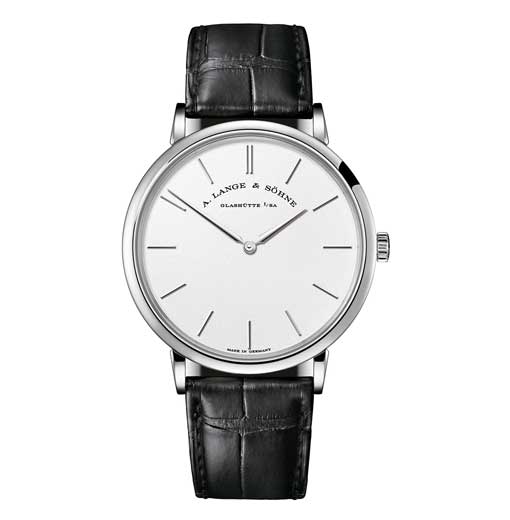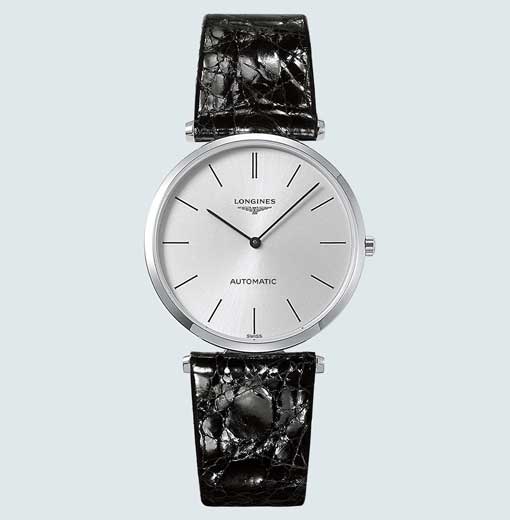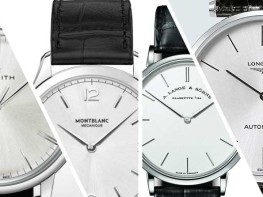In 1908 Adolf Loos published Ornament and Crime. In this manifesto the Viennese architect protested against the prevailing custom of embellishing all buildings with columns, sculptures and decorations, which he felt were superfluous. In his preference for plain surfaces that highlight the beauty of the underlying shapes, Loos was a pioneer of modern architecture and modernism in general. Dozens of movements followed in his wake: minimalism, Bauhaus, brutalism, functionalism and design in the broadest sense of the term are all obsessed with the need to strip down to the essential. Watchmaking is no exception, and an understated watch never goes out of style. But it is far from an easy exercise: the less there is to do, the better it needs to be done.

The foundation stone of any classically elegant watch is the absence of ornamentation. This starts with the main source of complexity: complications. Ideally, the watch should have just two hands, although a seconds hand may be tolerated. Everything else – subdials, apertures, counters – has to go. The second requirement is that it must be monochromatic. Silver, preferably, because the rejection of ornamentation implies a rejection of ostentation. The warm colours of gold, whether rose or yellow, are a tad too flamboyant. White gold, steel or platinum are therefore the way to go. It goes without saying that engraved cases and fancy lugs are prohibited, as are fluted, grooved or otherwise decorated bezels.

Then we come to the heart of the matter, the watch’s largest tract of real estate: the dial. Forget guilloché or any other form of textured detailing. The choice comes down to two options: sandblasting (a subtle, matt finish that is relatively seldom used) and the star of understatement: the sunray finish. It creates a subtle shimmer that breathes a touch of life into the dial (yes, we admit, it needs it). The hour markers and minute tracks must be discreet, but a few elements here and there may help to structure the space. Nail-shaped or baton indexes are often just the ticket, particularly if they are judiciously arranged. Arabic numerals may be permitted in extremis, but only at the cardinal points of the dial. One essential element is the brand name (we can’t really object to that). Regrettably, the “Swiss made” designation also appears to be mandatory, when in fact it brings little to the party and could easily be relegated to the caseback.

The overall effect of these watches is elegant and often (but not invariably) classical. The only surprising thing about this style is that it never goes out of style. It is not unusual to see these timepieces gracing the wrists of a far younger clientele than one might imagine. And there’s a reason for that. Minimalism has a broad appeal, and age has nothing to do with it. Accordingly, normcore and hipster movements are not out of place: they are unshowy, they offer basic functionality, and they are solid. It’s the fashion that never goes out of fashion. Quite a paradox!











